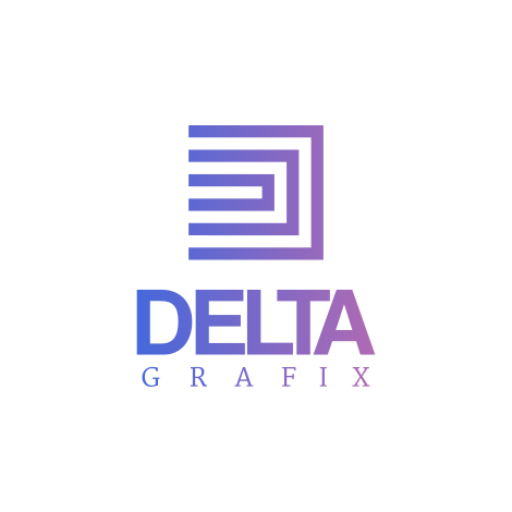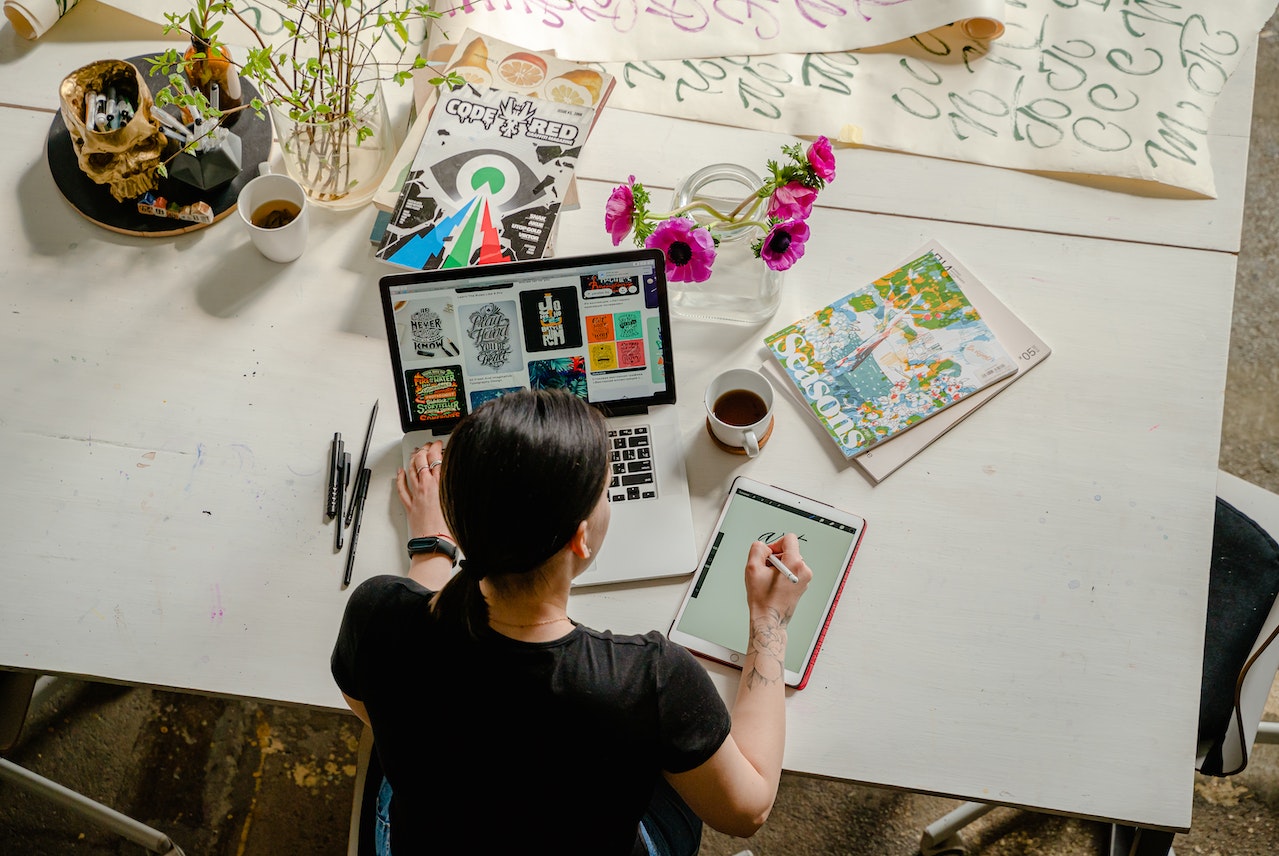Graphic design is the process of creating visual content to communicate information and ideas to a specific audience. It combines typography, photography, illustration, and other design elements to create effective visual communication.
The Importance of Graphic Design
Graphic design is important in creating a strong brand identity, attracting customers, and conveying a message in a visually appealing way. It is used in everything from business cards and brochures to websites and social media posts.
Elements of Graphic Design
There are several elements that go into creating effective graphic design:
- Color: Color can evoke emotions and convey meaning in design.
- Typography: The choice of fonts and typefaces can have a significant impact on the readability and overall effectiveness of the design.
- Composition: The way elements are arranged on a page or screen can greatly impact the design’s message and effectiveness.
- Imagery: Photographs, illustrations, and other visual elements can add depth and meaning to a design.
Graphic Design Tools and Technologies
Graphic designers use a variety of tools and technologies to create their designs. These can include:
- Adobe Creative Suite: A suite of software including Photoshop, Illustrator, and InDesign, used for creating and editing graphics, images, and layouts.
- Sketch: A digital design app used for creating wireframes, prototypes, and other design elements.
- Canva: A graphic design platform with a simple drag-and-drop interface for creating social media graphics, presentations, and more.
- Tablets: Many graphic designers use drawing tablets to create digital illustrations and designs.
Conclusion
Graphic design is a vital part of modern communication, and understanding its elements and tools is essential for creating effective visual communication. By utilizing color, typography, composition, and imagery, graphic designers can create impactful designs that effectively communicate messages and ideas to their intended audiences.

